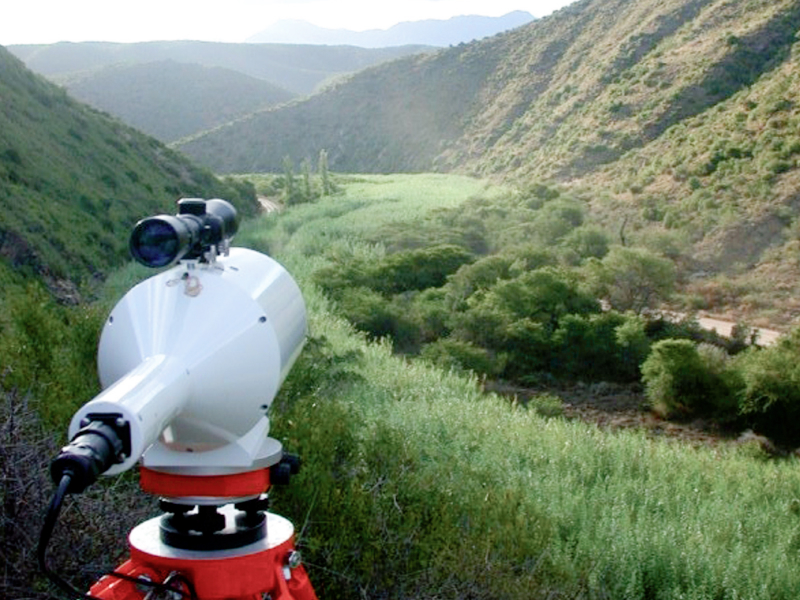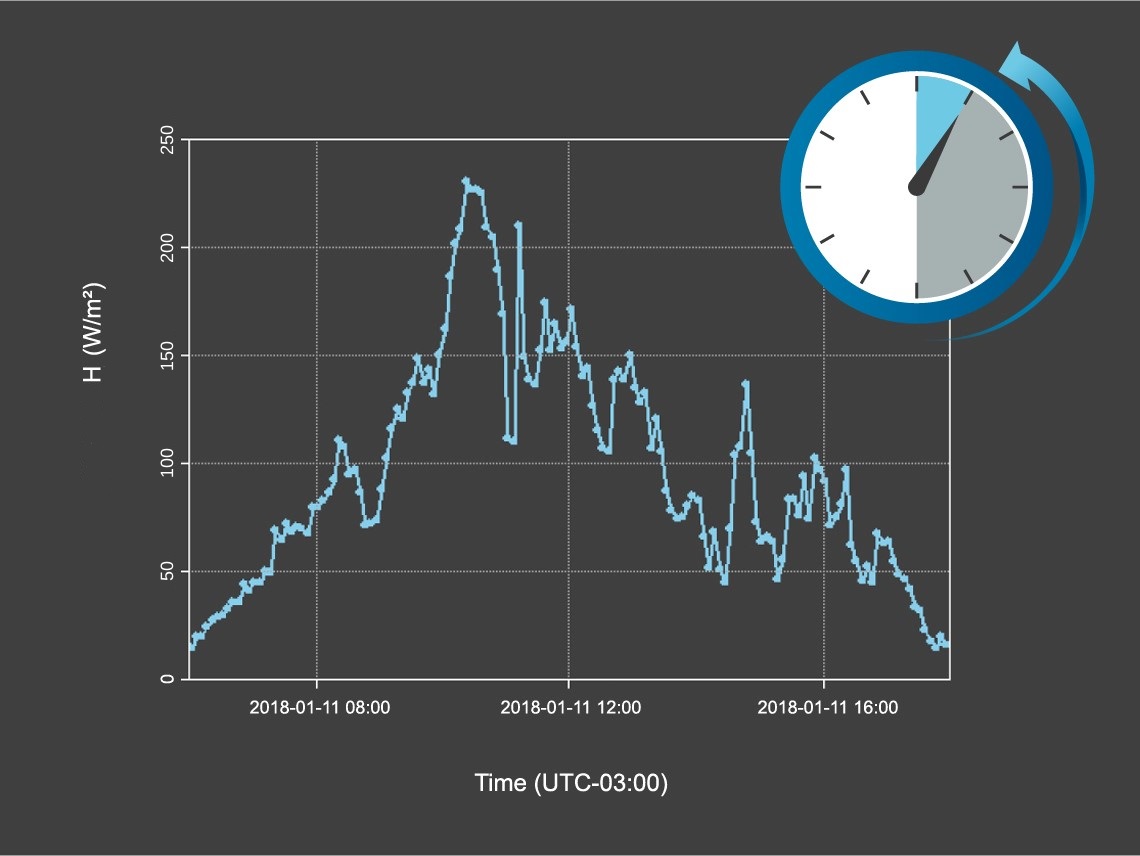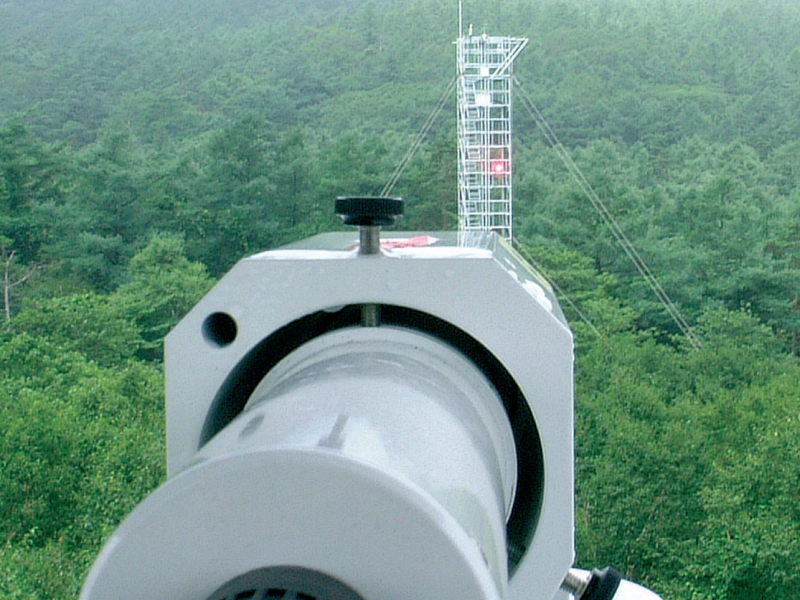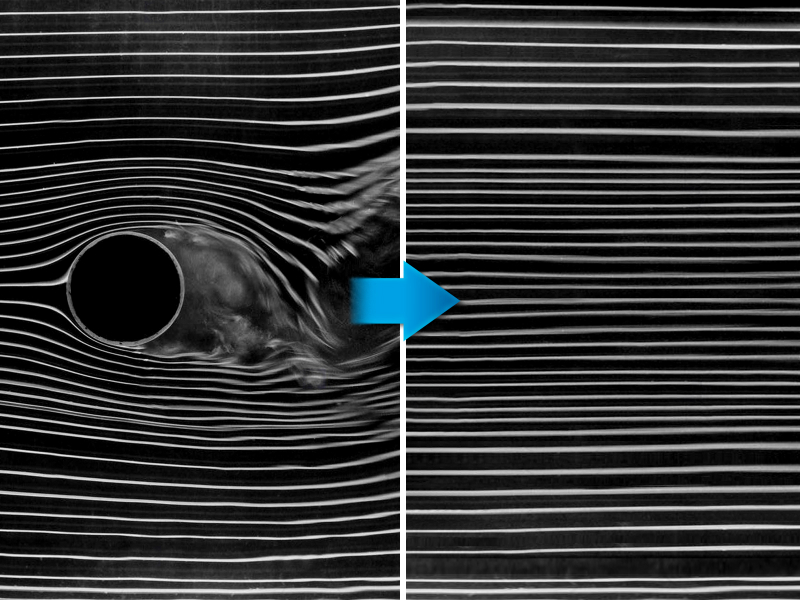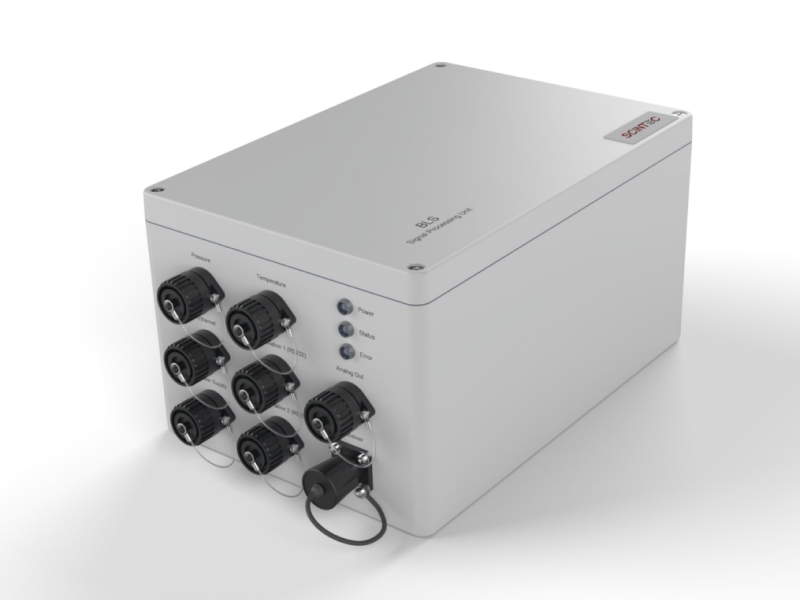The Scintec BLS Series Scintillometers measure atmospheric turbulence, heat flux and crosswind over large spatial scales. Various versions are available for path lengths between 100 m and 12 km. With complementing meteorological sensors they can also be used to determine the evaporation or evapotranspiration over extended areas.
The models of the Scintec BLS Series are so-called large aperture scintillometers. Large transmission and reception areas reduce the scintillation and allow for measurement ranges of several kilometers without saturation of scintillation. This compares to laser scintillometers where the transmitter-to-reveiver distance is limited to a few hundred meters due to saturation.
Note that generally, large apertures scintillometers cannot measure the so-called inner scale of turbulence. For the measurement of the turbulent fluxes, separate wind measurements are required therefore. See the Scintec SLS Series for purely optical measurements of the turbulent fluxes.
All BLS Series Scintillometers use LED arrays as transmitters. Wide emission angles virtually eliminate the need for transmitter alignment and maintain high data accuracy even when installed on drifting mounts or on towers which are prone to vibration.
The Neo Version (New Emission Option) operates at a wavelength of 850 nm and features a significantly reduced power consumption and increased LED lifetime.
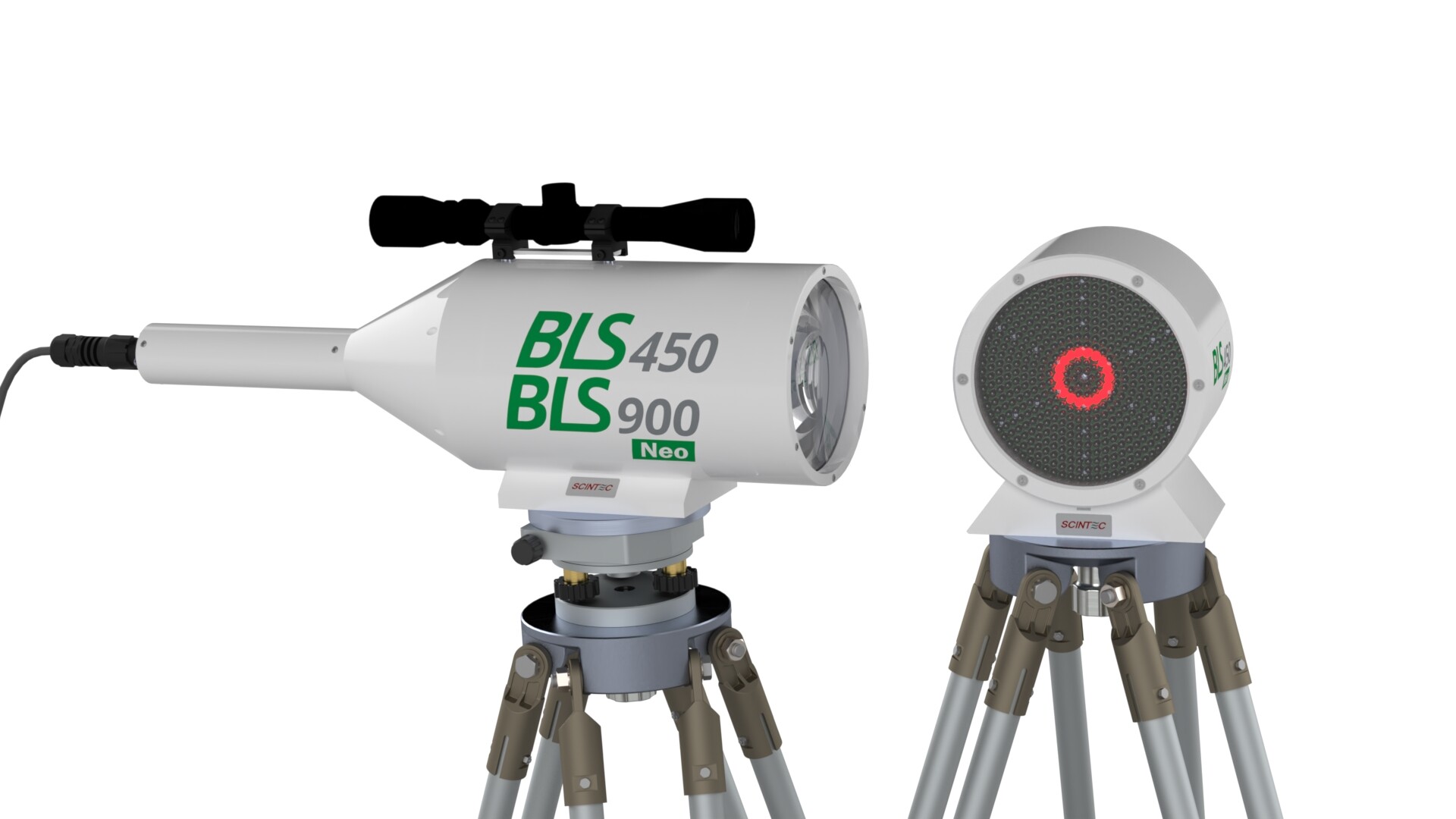
The BLS450 Neo uses one radiating disk, which makes it the most economical and lightest of the BLS series.
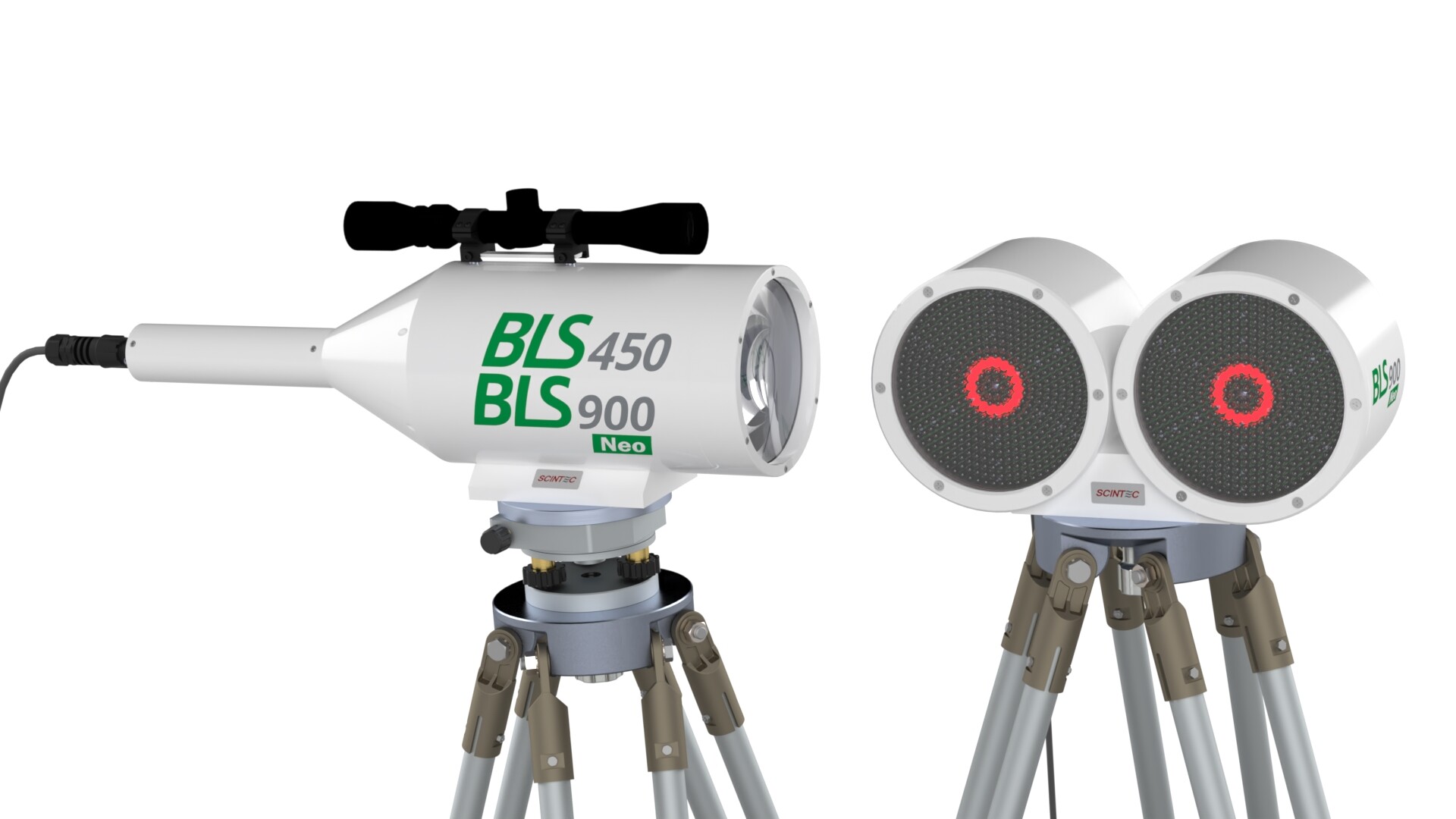
Dual-Disk Design
The Dual-Disk Design of the BLS900 Neo provides for instantaneous corrections of absorption fluctuations, saturation of scintillation and outer scale effects.
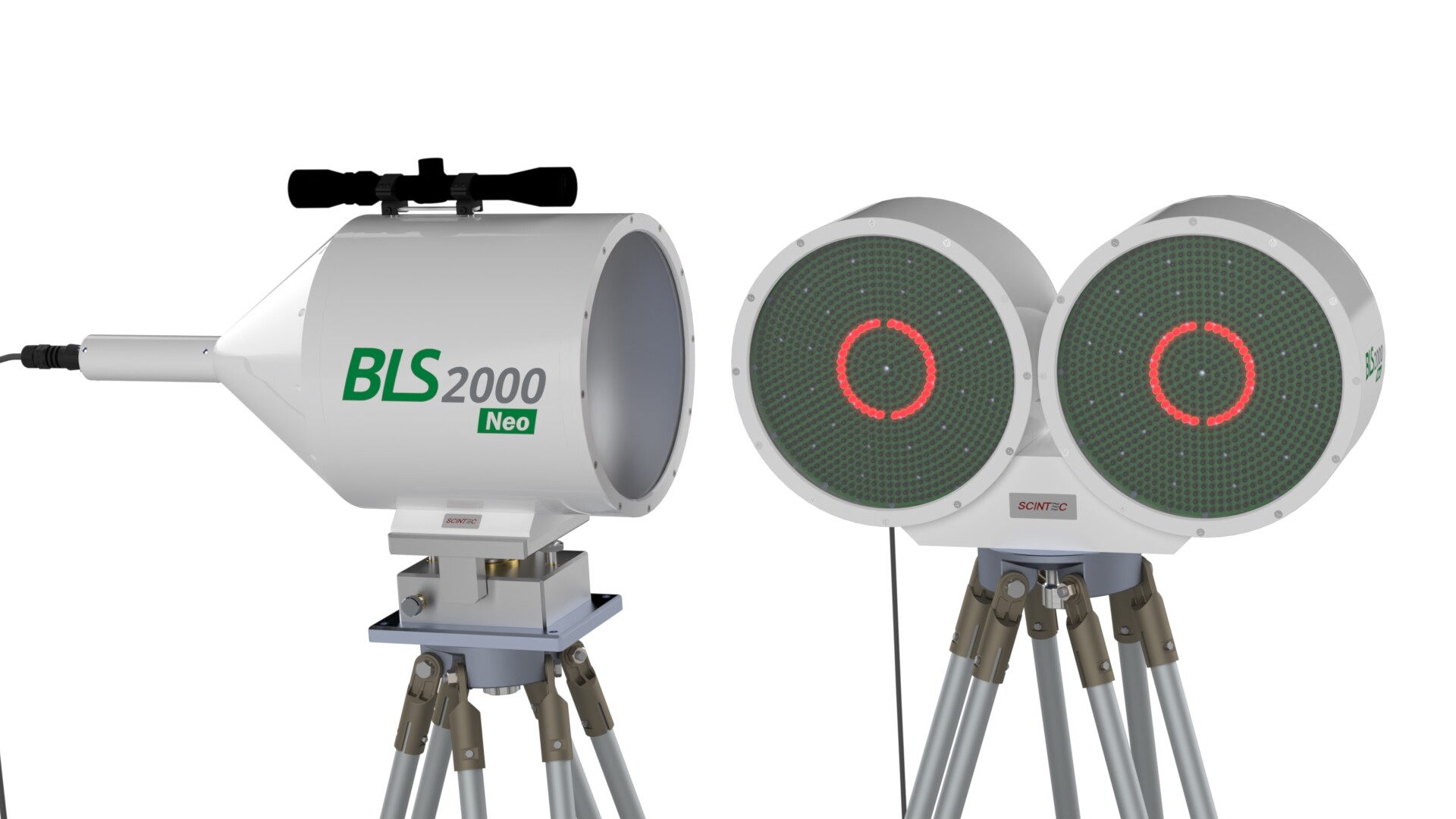
Dual-Disk Design
The BLS2000 Neo is a Large Aperture Scintillometer with Dual-Disk Design for very long paths
